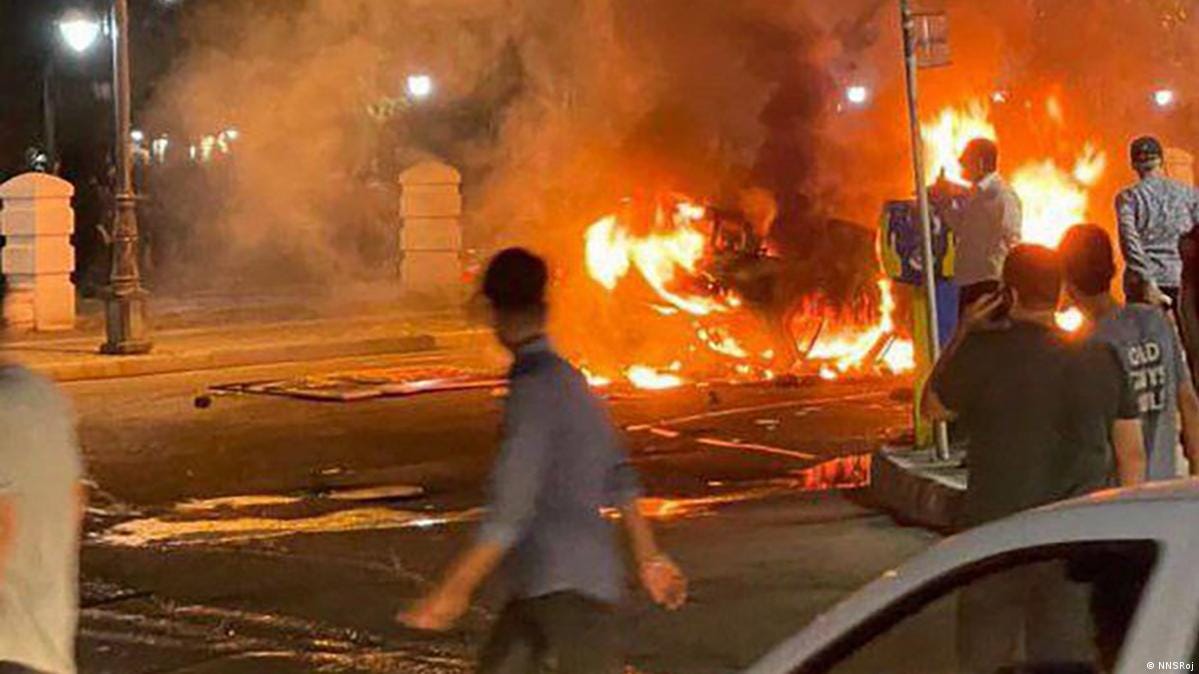
“I’m struck by the bravery of these young Iranians,” said David Sanger of The New York Times who has been covering Iran for decades. “And by the ferocity of their desire to get out from under the rule of this government.”
Sanger’s take is not a lone case. Many in the mainstream media are baffled about the ongoing protests that have rocked the regime to its very core. Iranian opposition People's Mojahedin Organization of Iran (PMOI/MEK) is citing its sources inside the country indicating the protests have spread to more than 170 and regime security forces have launched a deadly crackdown, killing at least 400 protesters and arresting more than 20,000 others.
In these past three weeks there have been numerous reports of various areas of certain cities falling into the hands of protesters and security forces fleeing, unable to cope with the people’s wrath. Triggered by the killing of a young Iranian woman by the name of Mahsa Amini at the hands of the regime’s “morality police” for her “improper hijab (headscarf)”, the protests have evolved into an entirely new level. The regime itself is saying Amini’s death is an excuse, and the real target of these protests is the regime in its entirety.
The reason mainstream media, especially those in the U.S., are caught off guard is quite easy to explain. Their sources for more than two decades have been a network of figures who can be described as Iran apologists and lobbyists. Unfortunately, these same individuals remain the mainstream media’s sources about the future of Iran, despite the fact that their talking points have been debunked time and again and put to bed in the latest nationwide protests engulfing Iran.
The Iranian regime has carefully orchestrated an organized effort to literally plant certain figures as “Iran experts” in the West for mainstream media to rely on for their Iran coverage. This obviously goes in line with Western government’s general appeal to pursue their highly flawed and long-mistaken policy of appeasement vis-à-vis Iran’s regime.
One important part of this modus operandi has been a choir of media outlets that push a certain narrative about a relatively stable regime in control of Iran, with a possibility of change and reform from within, and encouraging the West to engage with the mullahs in power.
Such an initiative has long been pushed with arguments of incentivizing the regime in order to only afterwards address the mullahs’ horrendous human rights violations and support for terrorism. This was one of, if not the main engine, behind the Obama administration’s 2015 nuclear deal with Tehran, and the current Biden administration’s drive to seal a new, and even worse, nuclear deal with the mullahs’ regime.
The Iranian diaspora has coined a term for this kind of news management, hashtad-beest, or “80/20,” meaning that 80% of the reporting focuses on the obvious and unavoidable, including mild or implied criticism of the regime, in order to establish credibility among foreign readers. According to Iranian political activist Heshmat Alavi, “The remaining 20 percent of their published material focuses on pushing Iran’s talking points, such as justifying Zarif’s arguments, praising Soleimani as a popular figure and criticizing Iranian opposition groups.” (Tablet – March 10, 2020)
There has been a network of Iran apologists/lobbyists leading the abovementioned talking points. Those individuals were constantly provided platforms by the West’s mainstream media regarding the situation inside Iran.
Here’s naming a few:
Trita Parsi, founder of the Iranian regime’s DC-based lobby arm, the National Iranian American Council (NIAC); Ali Vaez, the Iran director for the International Crisis Group; Sanam Vakil, a senior research fellow for the Middle East and North Africa program at Chatham House think-tank in London; and Esfandyar Batmanghelidj, founder and CEO of the Bourse & Bazaar Foundation in London, are a number of these Iran apologists/lobbyists. They have been cited in the past by mainstream on issues related to Iran and enjoy this privilege as we speak.
Trita Parsi needs no introduction has he has been disgraced for his close ties to Iran’s regime and especially former foreign minister Mohammad Javad Zarif himself.
Ali Vaez is a protégé of former Iranian regime president Ali Akbar Hashemi Rafsanjani and has long been pushing the regime’s talking points in the West. He has even been accused of having exclusive access to the 2015 nuclear negotiations and enjoyed such access during the Biden administration’s talks on Iran’s nuclear program.
Sanam Vakil has been quite active in pushing the regime’s talking points in various mainstream media interviews and especially through her Twitter feed.
And finally, Esfandyar Batmanghelidj has established very close ties to Iran’s diplomatic mission in London and is the nephew of Bijan Mossavar-Rahmani (through his wife), who founded the Persian Studies Program at Princeton University and has a reputation for parroting pro-Iran regime lines.

Following the recent uprising in Iran, these figures have been careful in their remarks (following the 80/20 principle) to downsize the impact of these latest protests.
The government doesn’t appear to feel more vulnerable than before, said Trita Parsi, emphasizing here that the West should focus on having to deal with this regime even despite these unprecedented protests.
Vakil said that even if authorities make concessions through minor reforms, the bigger question will be “how to get those young women to put their hijabs back on.”
A face-saving outcome would be a rollback on the morality police, she said, adding that a complete scrapping of the hijab law is unlikely. A referendum allowing Iranians to vote on the issue of hijab could also help quell the protests, she said, casting doubt on that happening too.
It is interesting how Vakil transfers the focus to hijab and women’s attire. Her objective is to minimize these protests and sway attention away from the Iranian people’s now proven intention of toppling the regime. Her use of the words reform is completely deliberate, aiming to return to the mentality of the West seeking to engage the mullahs’ regime that is in power now with the objective of pushing the already failed notion of reform from within the regime’s apparatus.

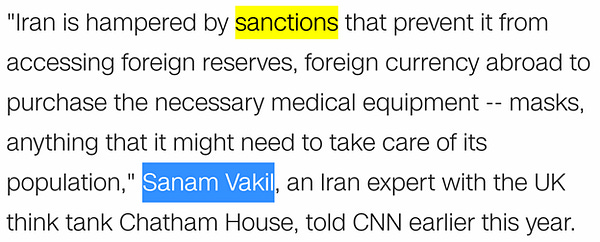
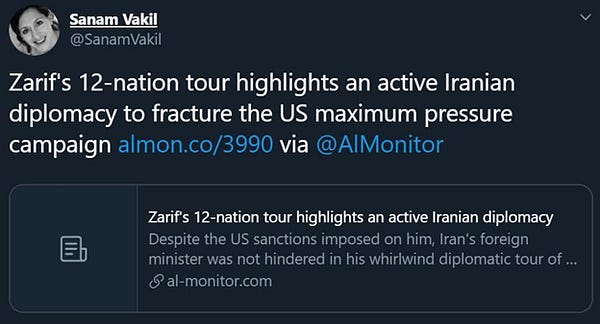


The result of Parsi and Vakil’s comments (emphasis mine) and influence on this CNN report is the following conclusion:
“Despite ten days of demonstrations that have spread across the country as the death toll has risen, the protests continue to be leaderless, with some of the loudest and most visible proponents of the protests living in exile as the government has restricted internet access at home.”
“This is an indigenous Iranian movement,” said Vakil, “and it is important to stress ordinary Iranians inside the country are the mobilizers of what is happening.”
These remarks also fall in line with the Iranian regime’s narrative of there being no alternative to their rule. Thus, western governments are urged to continue in their failed attempts of engaging this regime through none other than appeasement and further concessions in exchange for hollow promises from Tehran coupled with temporary economic initiatives.
CNN’s coverage adds (emphasis mine): “A figurehead would be necessary to both negotiate change with the government as well as internally lead the movement itself, said Batmanghelidj.
“It also remains unclear whether there are members within the Iranian government who understand the stakes at hand and are willing to push for significant change within the existing structure of power, added Batmanghelidj.”
These bolded segments are more examples of these Iran apologists/lobbyists encouraging a return to the past and depicting the recent protests in Iran as just another insignificant chapter in this regime’s history that shouldn’t lead the West into any change of their Iran policies.
“The US is clearly demonstrating that it can walk and chew gum at the same time: negotiate to curb Iran’s nuclear program while protesting Iran’s efforts to curb its women’s rights,” Mr Vaez told The National.
This is a clear example of Vaez seeking to normalize the U.S. continuing its pursuit of a nuclear deal with Iran’s regime despite the mullahs’ horrific human rights violations and crackdown of civilians.
Vaez was also quoted by The New York Times recently in saying: “… as of now, the system is bound to bring down its iron fist and try to nip this movement in the bud.”
One should never expect these Iran apologists/lobbyists to support the Iranian people in their plight against the mullahs’ regime. However, the very principle of true journalism makes it a responsibility of all media outlets to seek and portray the truth in their reporting.
The West’s mainstream media must realize their mistakes of the past in relying on wrong “experts” and “analysts” whose ties to Iran’s regime have been proven time and again.
If the reporters, journalists, and editors of CNN, The New York Times, and other members of the mainstream media wish to do their job right in an unbiased nature when it comes to Iran, they need to stop providing platforms to Iran’s network of apologists/lobbyists. Only then can they start to realize the truth about Iran.
And this is the best way they can live up to their moral responsibility and stand alongside the people of Iran.


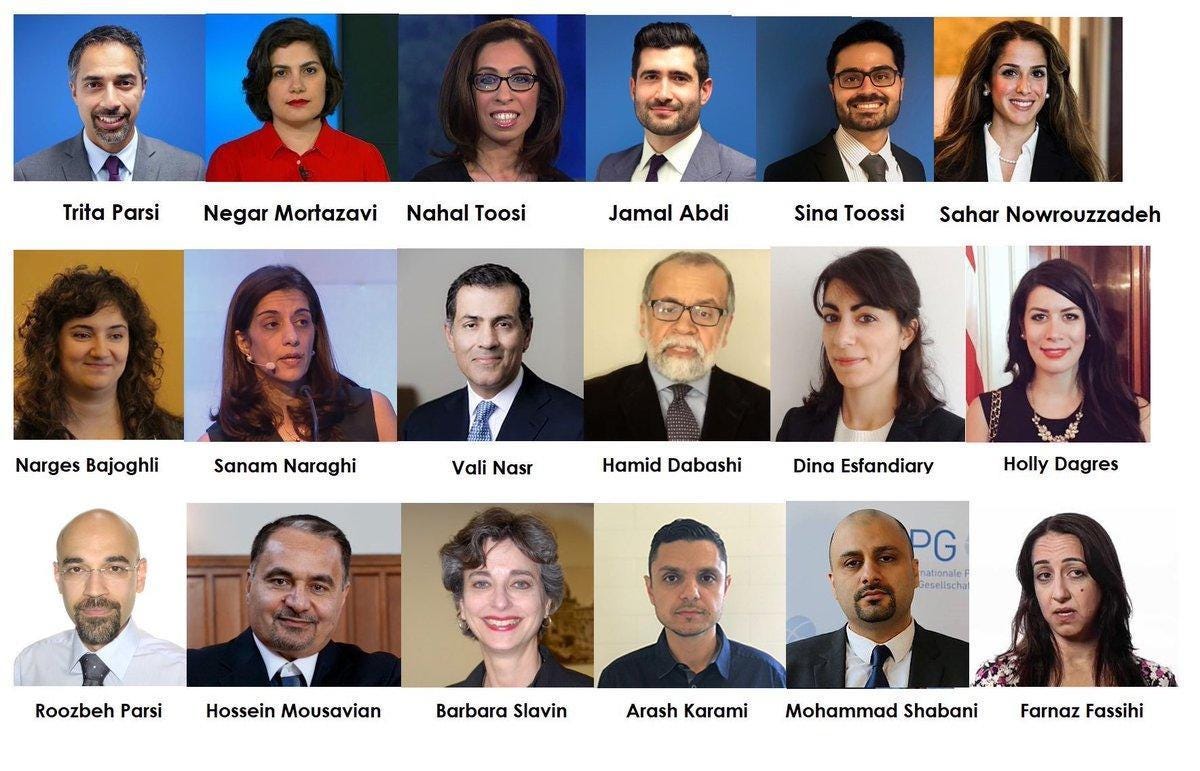
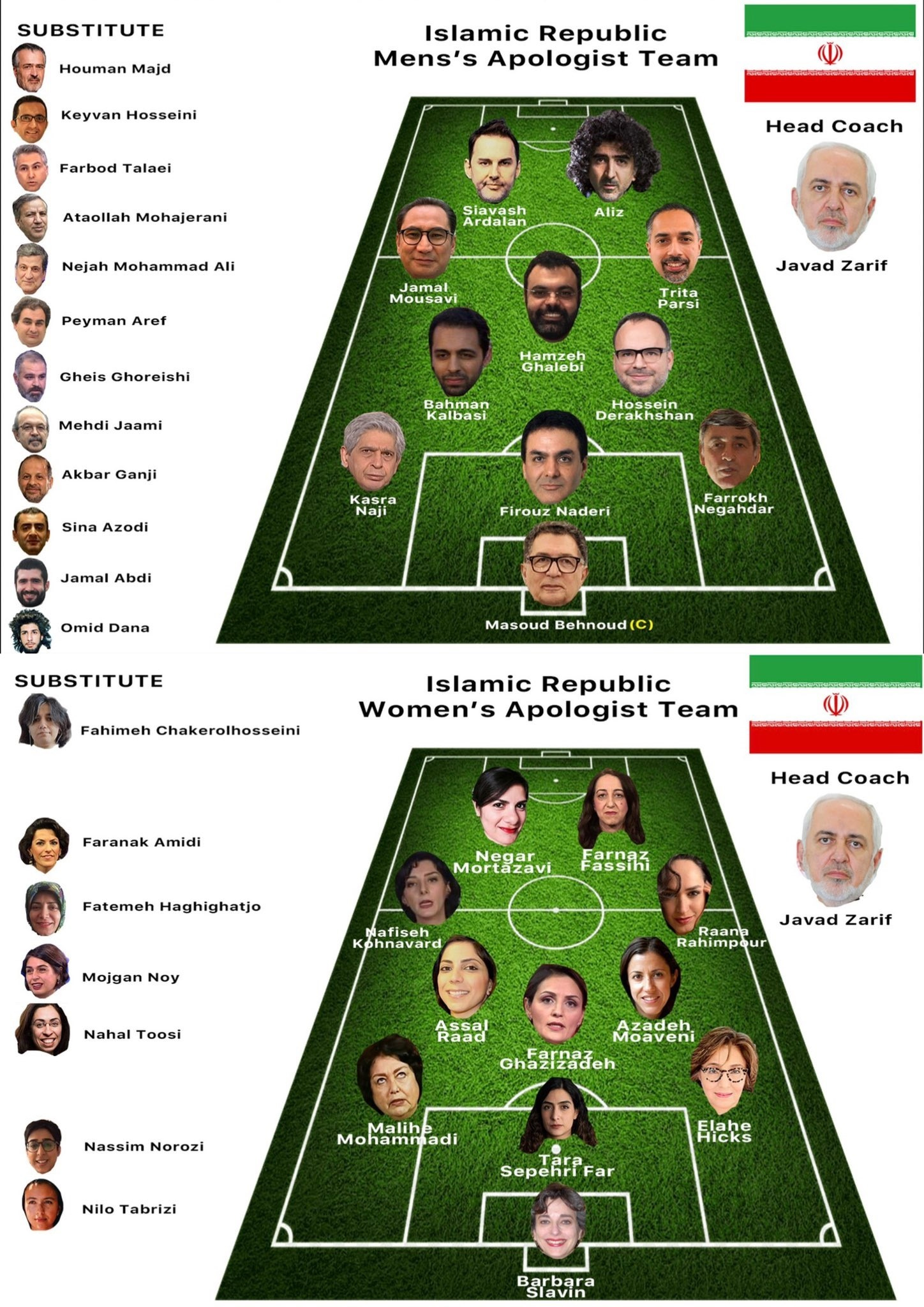
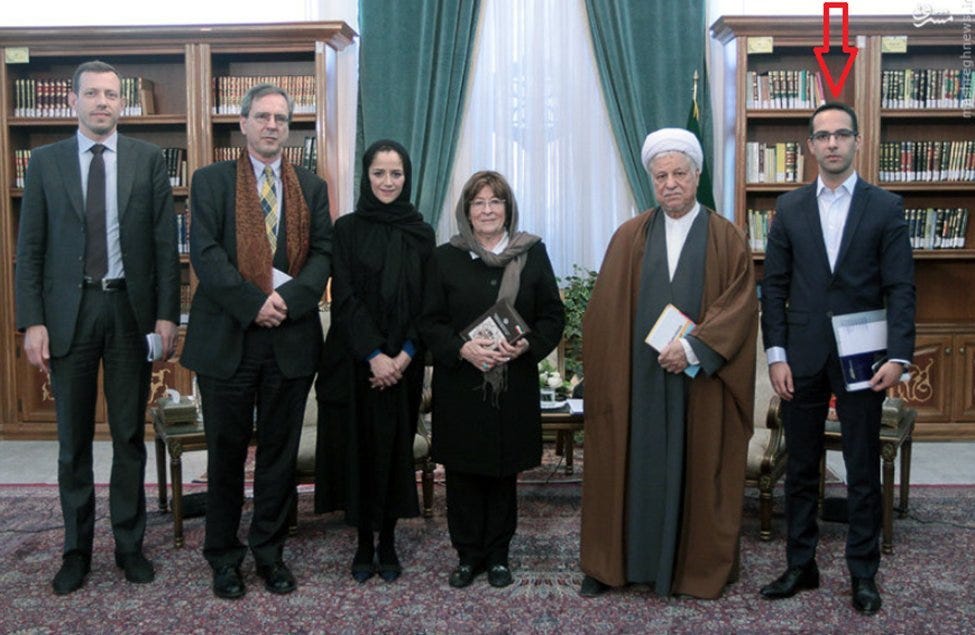
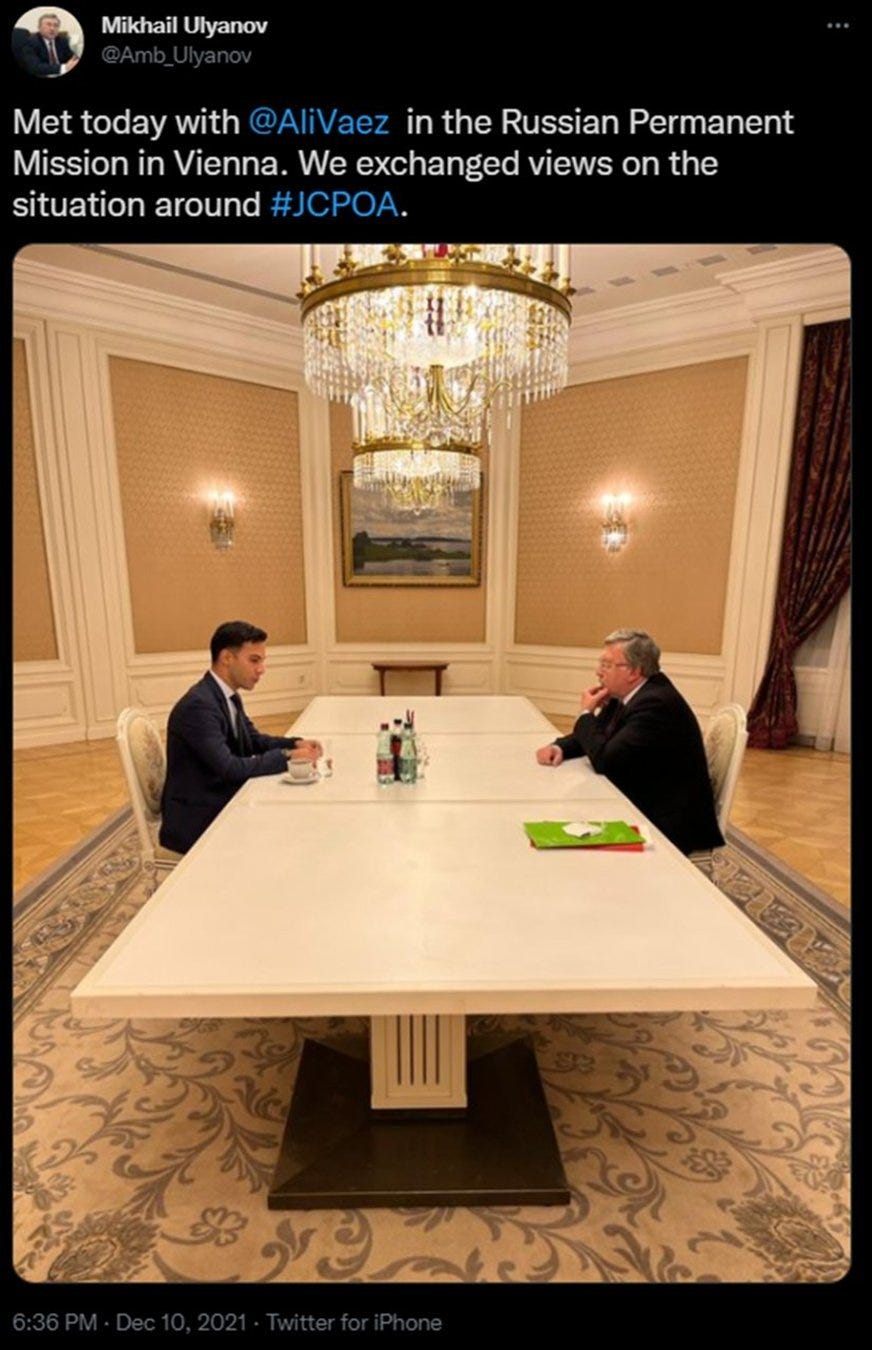
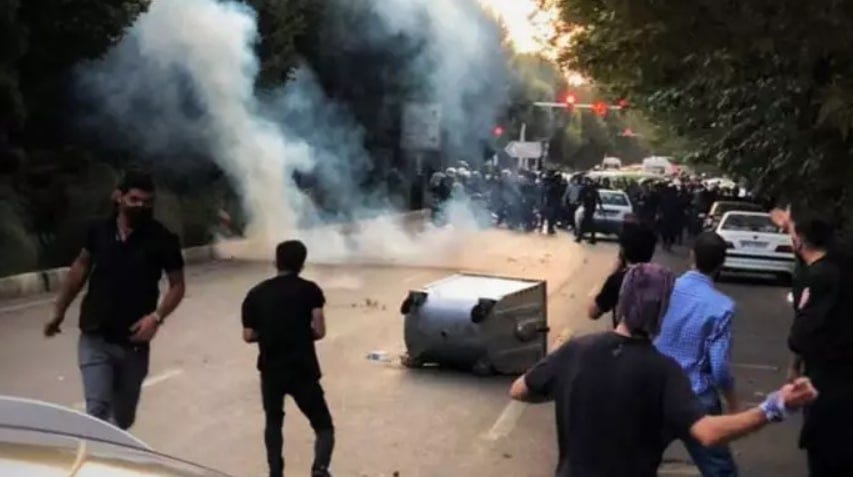
Your reporting has been essential on what is going on in Iran, our national broadcaster has been MIA
The US Media is corrupt to the core.